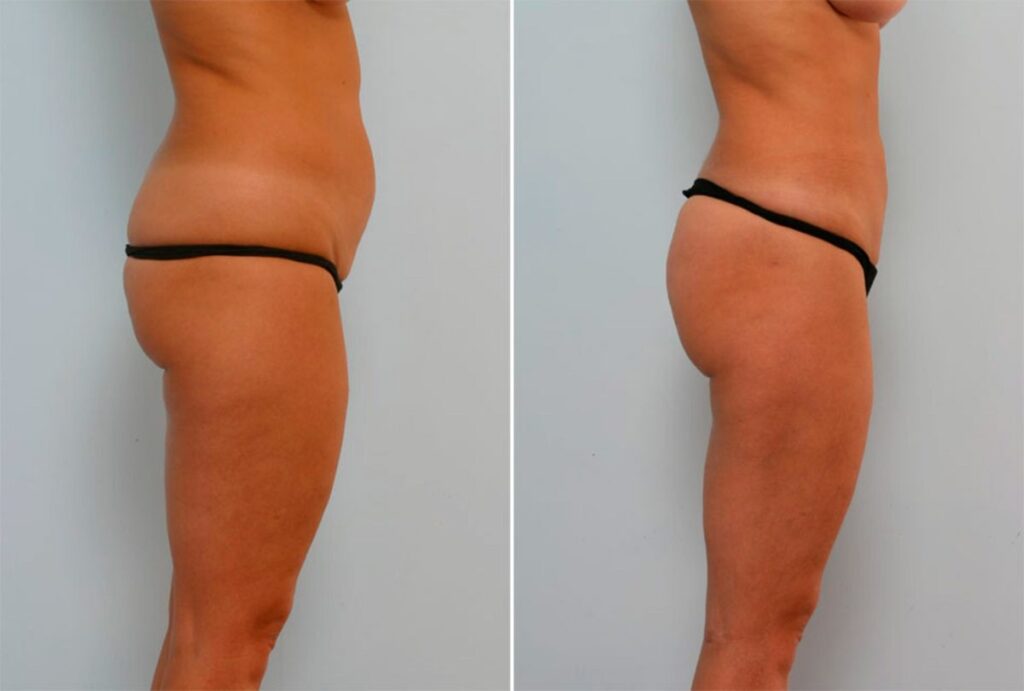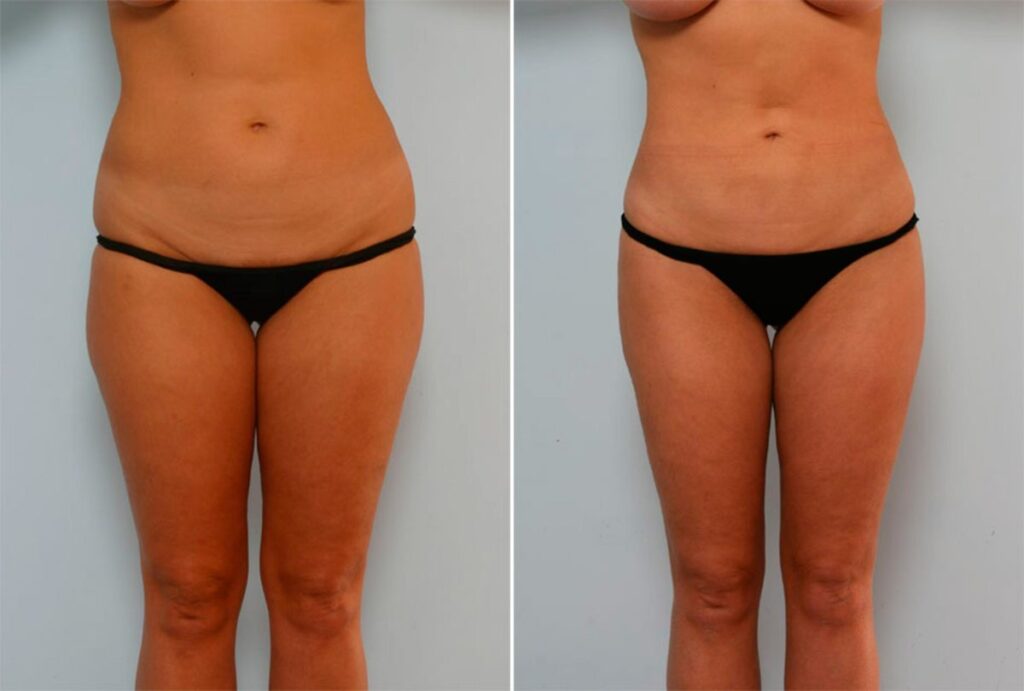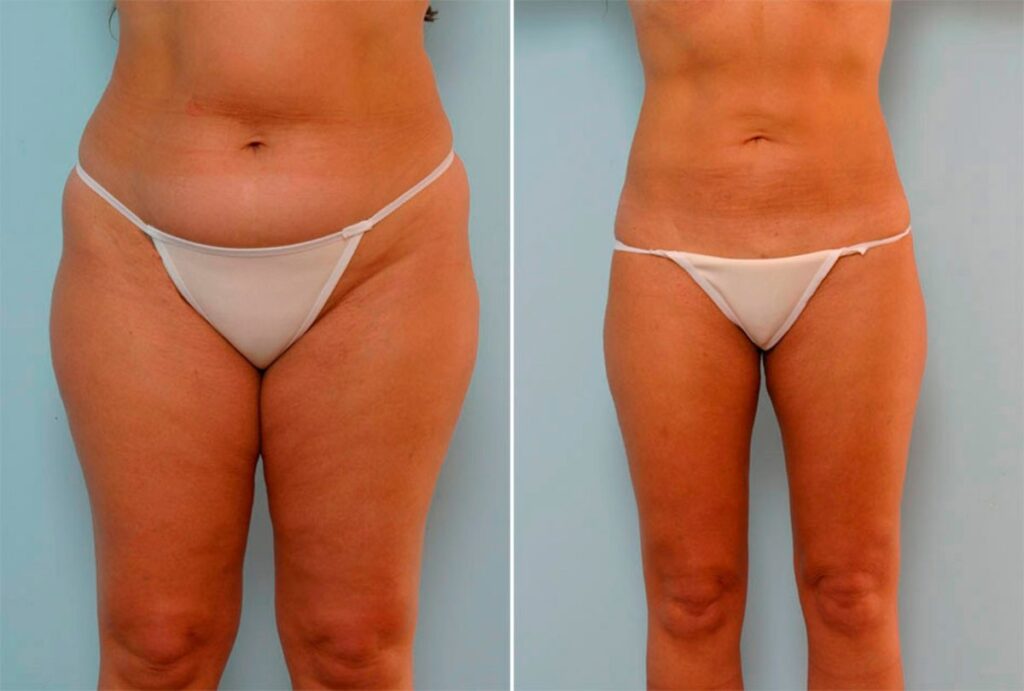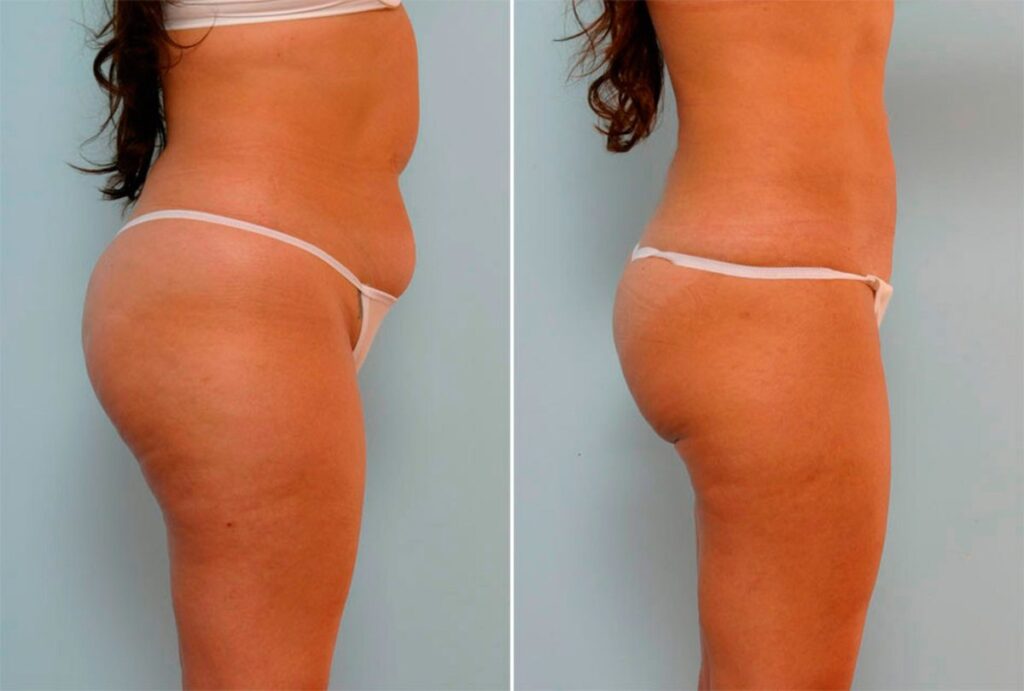Liposuction, though extremely popular, is probably one of the most misunderstood plastic surgery procedures of all time. The goal of liposuction is to help shape and contour the body by getting rid of isolated areas of excess stubborn fat. Yet many people assume that it’s a weight loss procedure and that it will lead to a dramatic reduction in the number on the scale.
If you’re considering liposuction, it’s important to understand what it can and can’t do for you. You’ll also need to spend some time weighing the pros and cons of the surgery to evaluate whether it’s ‘worth it’ for you.
We created this guide to liposuction to prevent misunderstandings and to give you a complete overview of this effective body contouring procedure.
What Happens During Liposuction?
Liposuction is a type of surgery, although it can be considerably less invasive than many other surgical procedures. The invasiveness of the procedure depends in part on how much fat you want to have removed and how many areas you want to treat at once.
Surgeons typically use general anesthesia during liposuction procedures, meaning that the patient will be asleep and won’t have a memory of the surgery or feel any pain. There are cases, however, where a local anesthetic and a sedative are used instead of general anesthesia.
During the surgery itself, the surgeon will make several small incisions in the treatment area. The area is then injected with a mixture of saline, epinephrine, and lidocaine, which causes the fat to swell. This ‘tumescent’ technique generally improves results and reduces the need for blood transfusions.
To remove the fat, the surgeon slides a small tube called a cannula into the incisions, then suctions out the desired amount of fat.


Who is a Good Candidate for Liposuction?
Not everyone is a good candidate for liposuction. To qualify for the surgery, you need to have some amount of extra, unwanted fat. But you don’t want to be too overweight. Usually, liposuction is recommended for people who are within a 30 percent range of their target healthy weight.
Your health also determines whether or not liposuction is right for you. You should be in good overall health before the surgery. If you do have any ongoing conditions, they should be managed and well-controlled.
It’s also important that you have realistic expectations about what liposuction can and can’t do for you. Good candidates for the surgery are those who want the surgery for themselves, not because they want to make another person happy.
What are the Pros and Cons of Liposuction?
Like any other plastic surgery, liposuction has its pros and cons. On the plus side, the surgery removes extra, stubborn fat from the body. It can help you get rid of fat that might be hanging on no matter how much you exercise or stick to your diet. After liposuction, your clothes might fit better and you will probably feel more confident about your body.
On the con side, one of the drawbacks of liposuction is that it is a surgical procedure. You’ll have incisions and some scarring, even though the scars are usually very small. You’re also likely to need to take time off from work to recover from the surgery.
Who Performs Liposuction?
Ideally, the person who performs your liposuction procedure will be a board-certified plastic surgeon. The surgeon you choose should have experience performing liposuction and plenty of proof to back up any claims they make.
It’s important to sit down and meet with any surgeon you’re considering before you decide to go ahead with the procedure. A consultation with the surgeon can help you get a sense of their bedside manner and of their overall knowledge and expertise.
You should also ask to see pictures of prior patients, both before and after their liposuction surgeries.
What Happens After Liposuction?
What can you expect after liposuction? Usually, there’s a short recovery period required. How long you need to take off from work and other activities can vary. You might feel ready to return to work after a few days or you might need up to two weeks to recover.
You’re likely to see some visible results right after the surgery, although you’ll want to be prepared for swelling and bruising in the treatment area. Usually, the swelling and bruising will diminish after a few days or weeks and you’ll start to notice a change in your body’s contours and overall shape.


To help your results along, your surgeon will recommend that you wear a body-shaping compression garment around the treated area for a few weeks after surgery.
Want to learn more about liposuction? Interested in taking the next steps? Schedule a consultation with Dr. Paul Vitenas, a board-certified plastic surgeon in Houston, Texas. Dr. Vitenas has nearly three decades of experience performing liposuction and other cosmetic body procedures. To schedule your consultation, call 281-484-0088 today!
